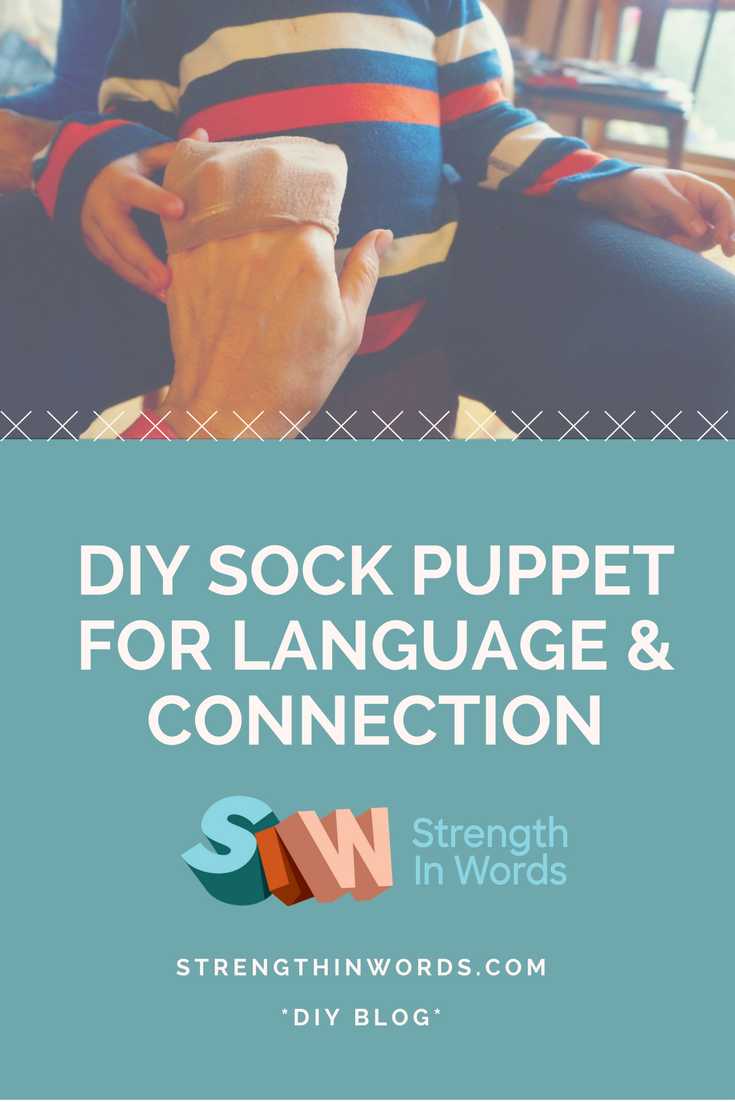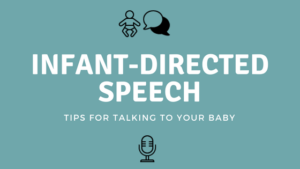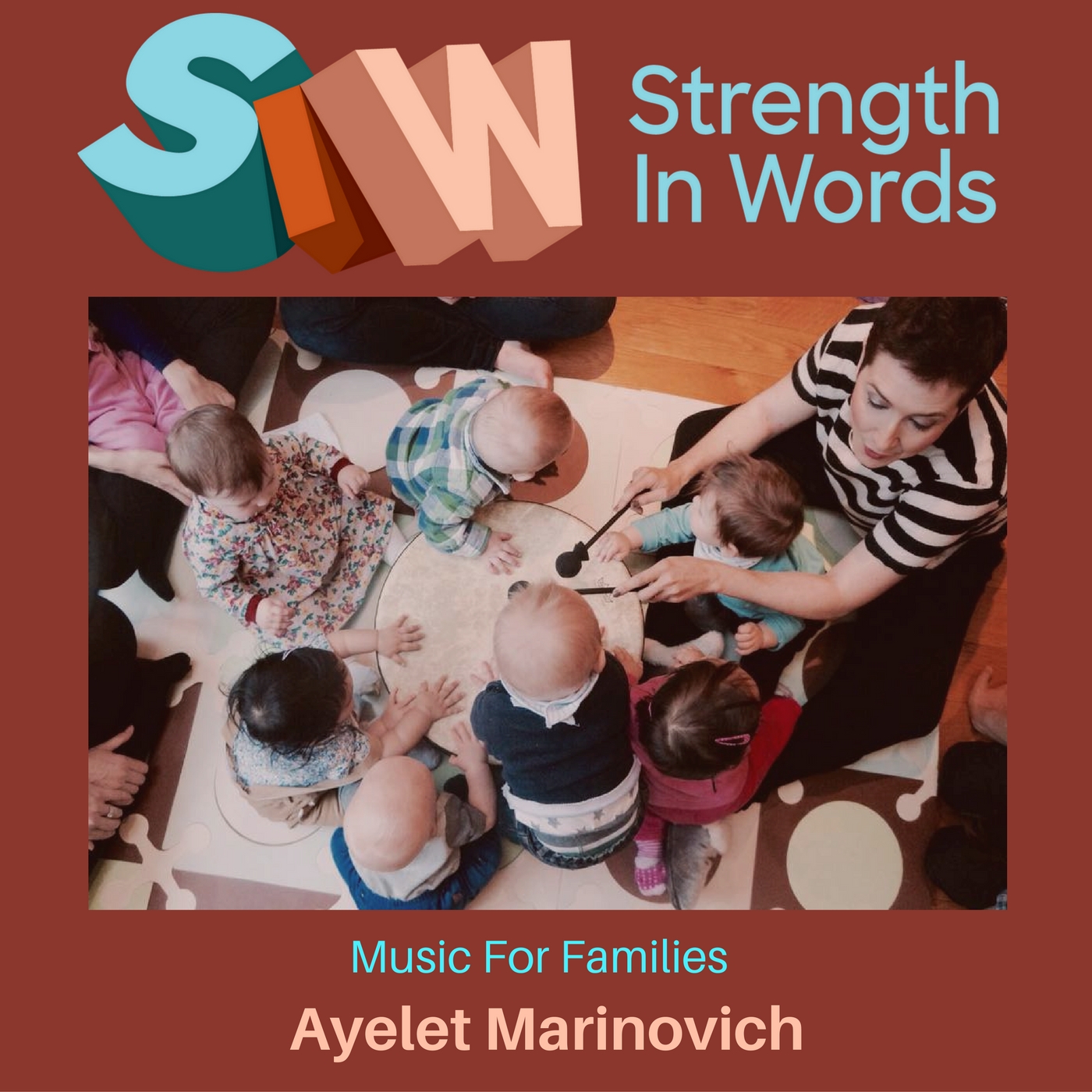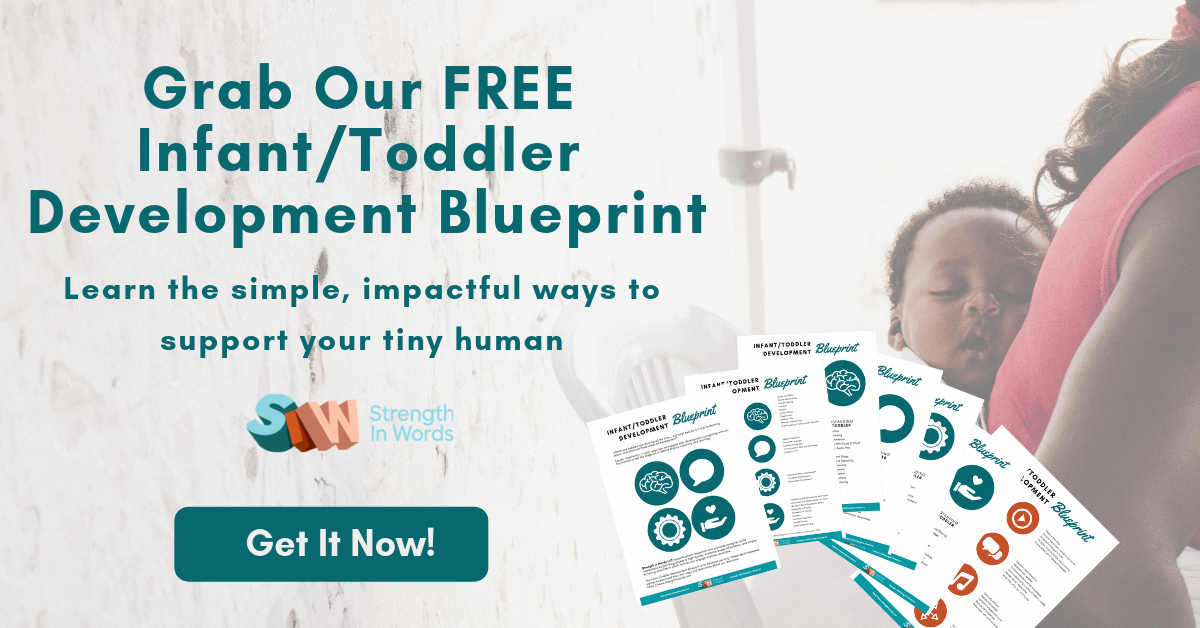It sometimes felt akin to listening to nails on a chalkboard – people just sounded ridiculous when they spoke to babies. And then, I had my own.
And I did it, too. I mean, I’d say that I didn’t sound quite as insane… but I definitely changed my speech patterns and my voice. I’m so glad to hear there is a reason why we do this… and to have some ideas that make me feel better about engaging with my baby this way!
There are specific and recognizable patterns of speech that are used all over the world, and in all different types of languages, that can be characterized as “infant-directed speech.” Depending on who you talk to, this is also called “motherese,” “parentese,” or even “baby talk” (though, that last term has many different definitions and connotations).
In our corresponding podcast episode, Infant-Directed Speech, we discussed the ways in which some of the components of infant-directed speech make our voices sound more musical.
We know there are many links between music and speech/language!, and we defined what many of those components are.
We discussed what the developmental research says about how our innate drive to use infant-directed speech actually supports development!

For the full discussion, head over to our podcast episode to have a listen or read (or download) the transcript of the “developmental thought.” Some of the main characteristics of infant-directed speech include:
- Repetition in intonation
- Tendency to prolong syllables
- Use of a greater variety of pitches (and often, of a higher pitch)
- Use of shorter sentences
- Slowed rate of speech and longer pauses
Again, these are characteristics of intonational and linguistic components that have been studied and compared within languages all over the world (including Sign Language!), and are used specifically when adults are speaking to babies. As you might have already noticed, many of these elements serve to make our voices sound more musical!
Not all of us find it natural to engage in musical activities with our young children… but funnily enough, certain elements of musicality already exist in our voices.
Sometimes, using a prop helps to give us that final push to get over feeling “unmusical” and just go ahead and embrace the silliness, the playfulness, and the rich vocabulary and social/emotional bond that can make the act of being musical so enriching for our little ones.
Enter, the DIY Sock or Nylon Puppet. What a perfect little object to help an infant or toddler to focus her attention, and to draw attention to the objects or people in the room, the body parts, or the actions about which are being sung.
Be sure to download the FREE track – an example of one song we used in our interactive podcast – and learn more about our album, Learn With Less, Music For Families!
Don't Miss our Corresponding Podcast Episode!

Materials to create your DIY Sock Puppet
- A small sock, or the foot portion of a torn pair of nylon stockings (like the kind you use when you try on a pair of new shoes in a shoe store!)
- One hand (yours or a toddler’s)
Instructions t0 create your DIY Sock Puppet
- Place the sock “puppet” on your hand and perform different actions as you speak or sing about them, playfully have the puppet land on different body parts as they are spoken or sung about, etc.
- Move all over your infant or toddler’s body to inspire connection and promote touch, interact together, and be silly!
- Follow your little one’s lead – if your young child wants to try it on, take turns wearing the sock puppet, or “gently” performing actions on a younger sibling
Ages
- A younger infant can enjoy watching (and visually tracking) the movement of your hands and fingers, made especially enriching when you add both a movement and auditory (sound!) component with singing!
- The texture of a soft sock or nylon stocking against a younger or older infant’s skin can be enjoyed and discussed, when you use words like, soft, silky, smooth – and you can compare these with other similar and different objects for a wonderful textural sensory experience.
- An older infant or a toddler will enjoy the interactive playfulness of the sock puppet, and can learn to anticipate its actions and movements (tickling is always a favorite, as we model in our downloadable song!)
- A toddler will likely want to take a turn and explore the texture, movements, and playfulness of her own hand within the sock puppet
- Infants and toddlers of all ages will enjoy the musical component – don’t forget to download our FREE musical track! – especially if you sing along or sing independently!
Want to know more about our music album?


